We should all have a solid command of the ABCs of baking. Thankfully, Food52's Test Kitchen Manager Erin McDowell -- alongside photographer Sarah Stone, who both blog at The Shutter Oven -- is here, with tips and tricks to help you master the most essential desserts and the simplest breads.
Today: Erin takes the fear out of bread baking -- starting with grilled flatbread.
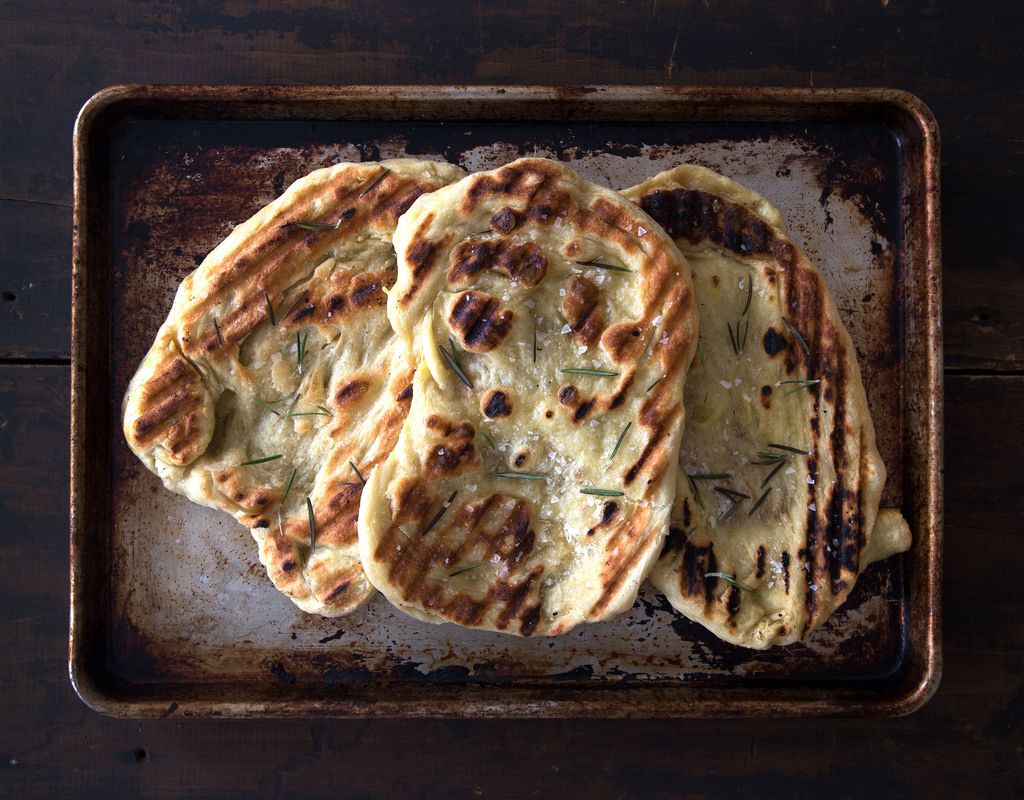
Many people are terrified of bread baking, and I used to be one of them. I didn’t understand how a handful of ingredients (sometimes just four!) could be manipulated into such a wide array of perfect breads. Did it take an expert hand? Did it require a particular mixer? Did the oven have to be just so?
But here’s the honest truth: You can make bread. You can make bread so good that jaws will drop. They'll “mmmm” and “ahhh" and eat the whole loaf -- and then they'll ask you for the recipe.
Today, I’m kicking off a four-part series on how to bake bread with one of the simplest recipes I know: grilled flatbread. Nearly every culture around the world has one: naan in India, pide in Turkey, dosa in Malaysia, and -- one of my all-time favorites -- frybread, which comes from North and Central America. Despite their basic differences, these breads all perform the same purpose: Next to a main dish, they often serve as a utensil or vessel to get food from plate to mouth.
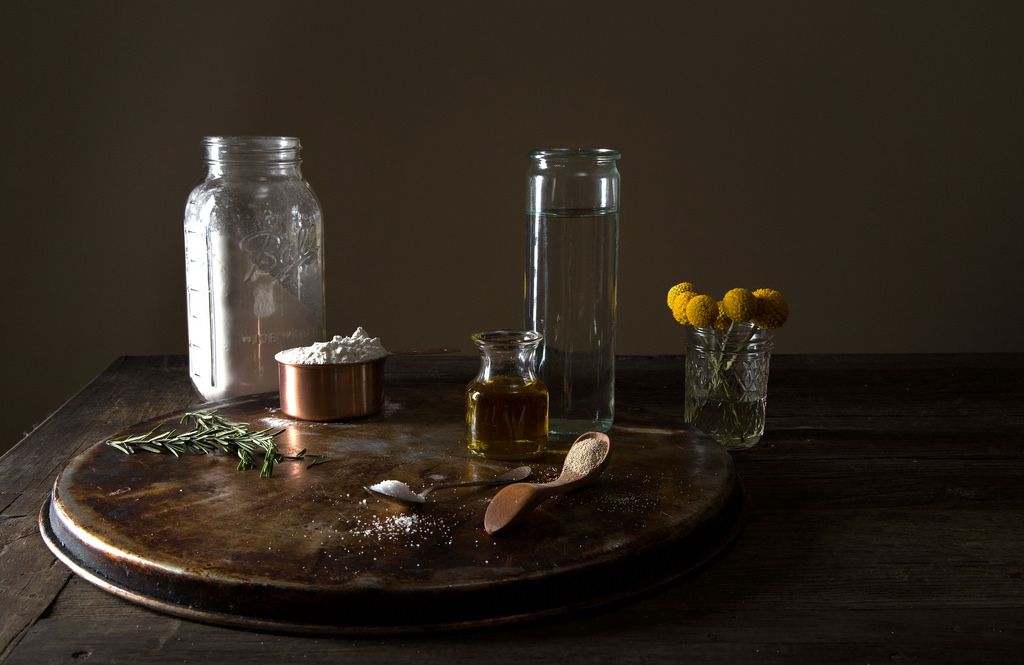
Summer is the perfect season to try out this all-purpose dough for yourself: It will rise wonderfully in the heat and humidity, and your grill is likely to already be hot. The conditions are almost foolproof. Here’s what else you'll need to know:
-
Know your ingredients. Most bread recipes, including this one, use bread flour. Bread flour contains higher protein levels (11 to 14%) than all-purpose flour (9 to 12%). This is is important for developing gluten, the complex protein network that is formed during mixing and kneading. The final texture of your bread relies, in part, on a solid gluten structure.
It's also important to understand that the instant yeast used in this recipe can be added directly to the dough; there's no need to mix it with water and wait for it to foam. However, it’s extremely important that the yeast never come in direct contact with the salt, which can deactivate it. Whisk the flour and salt together on their own, and then add the yeast.
Water, a seemingly simple ingredient, is the element that ties it all together. Too hot, and you’ll kill the yeast. Too cool, and you’ll be waiting for your bread to rise until tomorrow. When a recipe says “warm water”, it means between 95° F and 110° F -- it should feel like bathwater.
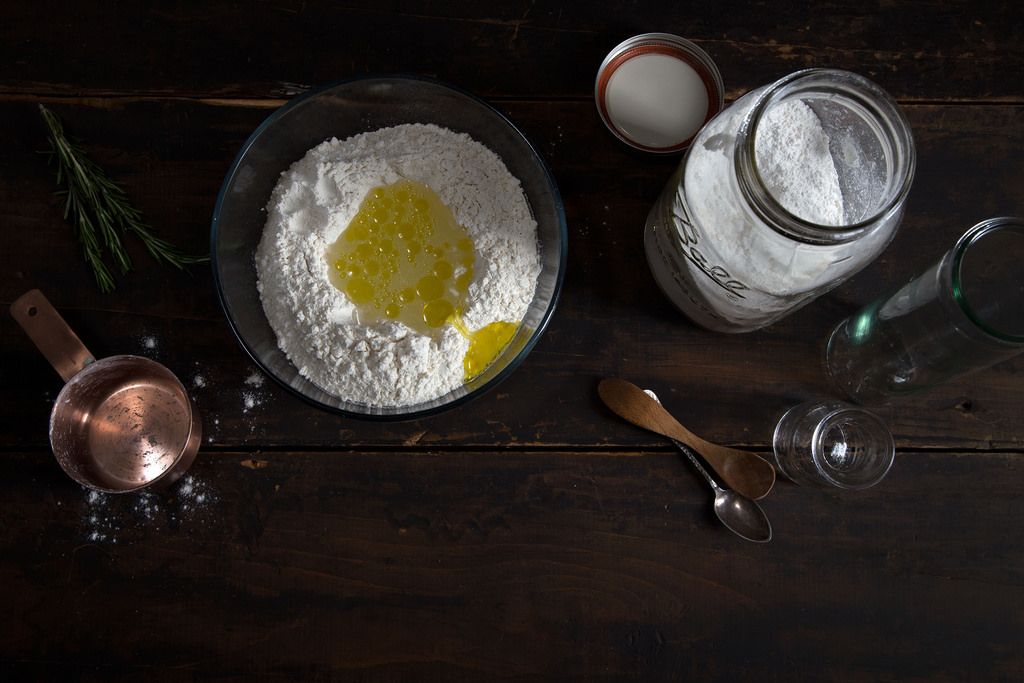
-
Don’t be afraid -- mix by hand! Some breads are soft and chewy, while others have a firm, tight crumb structure (think brioche). This is determined by the length of mixing time. For flatbread, we want the latter texture, so we'll only mix it for a short time. This means that it’s possible (and even easy) to mix the dough by hand.
Use a wooden spoon to mix the flour and salt together, then stir in the yeast. Make a well in the center of the mixture and add the water and olive oil. With your hands, mix the dough until a shaggy mass forms -- this means that the dough has come together into a ball, but it still looks like a mess. At this point, the flour has “picked up” all of the other ingredients, and now it’s time to knead.
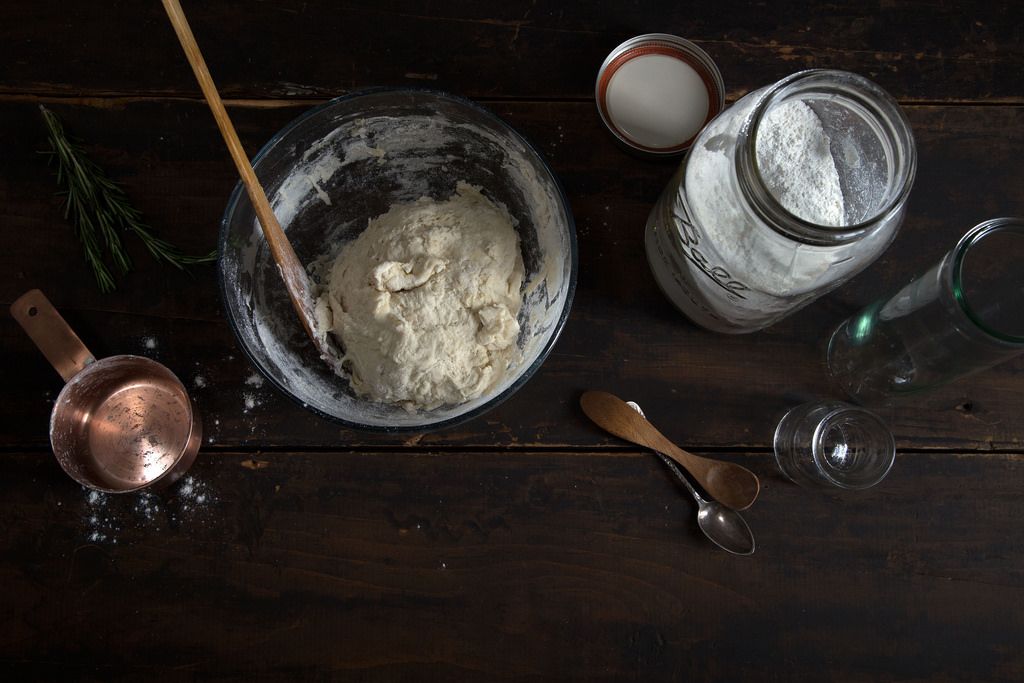
-
Knead, knead, knead. Kneading is where that gluten structure starts to form. Lightly flour your work surface and knead the dough by first pushing down towards the table and then away from your body, then folding the dough back over itself under your hand and giving it a quarter turn. Repeat this movement until the dough smooths out. When it’s totally smooth and very pliable, it's ready -- this will take about 6 to 9 minutes of kneading. If this doesn't appeal to you, you can mix the dough on low speed in an electric mixer fitted with the dough hook until the shaggy mass forms, about 1 to 2 minutes. Raise the speed to medium and mix until a smooth ball forms around the hook, about 3 to 4 minutes.
-
Be the boss of your own rise time. Lightly oil a bowl that’s roughly twice the size of your dough ball. So many recipes say the dough should "rise until doubled in size," but I always have trouble knowing what "double" looks like. By using a bowl that’s twice as big as my dough, I know that it's risen when it reaches the top -- whether it’s the heat of summer or the middle of winter. Cover the dough loosely -- I use the bowl covers from Provisions, but a lightly damp kitchen towel works too -- and set it somewhere warm to rise. In summer, this can take as little as 30 to 40 minutes.
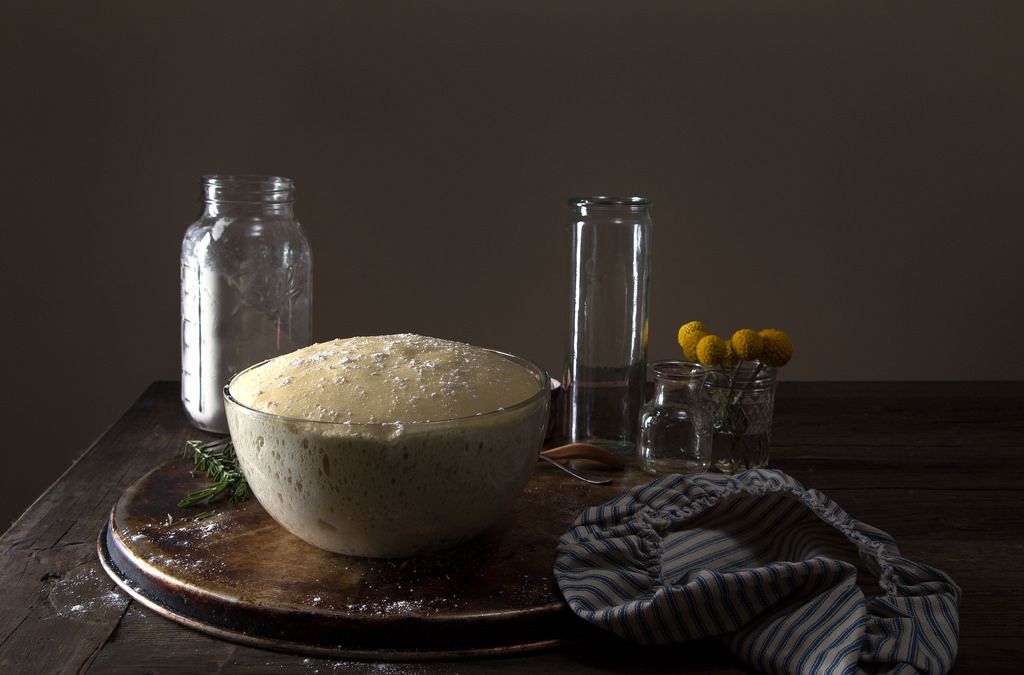
-
Shape the dough -- or don’t. Flatbread dough looks great no matter how you shape it. Just divide it into four (roughly even) pieces; it will be on the sticky side, so oil your hands a little to make the dough easier to handle. Holding the dough on its outside edges, stretch it gently, letting gravity do most of the work to form it into an oblong shape. It doesn’t matter if it’s a little wonky -- that just adds to its charm. Brush both sides with olive oil and get ready to cook.
-
“Bake” at a high temperature. A grill -- or grill pan! -- emulates the concept of a wood-fired baking oven. It’s hot, hot, hot, and open flames give flavor to the dough while it cooks. Place the dough on hot, oiled grates, then do not disturb. It will stick to the grates until the structure of the dough is set, and then it will release. Because we’re making flatbreads, they cook super fast: 3 to 4 minutes per side. A pair of tongs is your best friend here -- use them to flip the bread over and remove it from the grill without getting too close to the heat.

-
Finish with flair. Brush the warm flatbreads with a little more olive oil and top with some flaky salt and rosemary leaves. Then you’re ready to eat it however you like. My favorite way is as a small bite before dinner, slathered with ricotta and pesto.
More: Got leftovers? Here's how to store them.
-
Want to make yours ahead? No problem. Despite some recipes that may argue otherwise, bread dough can be made ahead of time. Just use cool water (65° F to 75° F) instead of warm and let the dough rise in the refrigerator, covered, overnight. A slow rise like this also gives the dough more flavor, because the yeast will eat the sugars in the dough more slowly. So really, it’s a win-win. Let the dough sit at room temperature for 30 minutes before shaping and baking.

Grilled Flatbread
Makes 4 medium flatbreads
3 cups bread flour
1 teaspoon kosher salt
1 teaspoon instant yeast
1 1/4 cups warm water
1/4 cup extra-virgin olive oil, plus more for brushing
Flaky salt, for finishing
Leaves of 1 to 2 stems of rosemary, for finishing
See the full recipe (and save and print it) here.
Photos by Sarah Stone








See what other Food52 readers are saying.